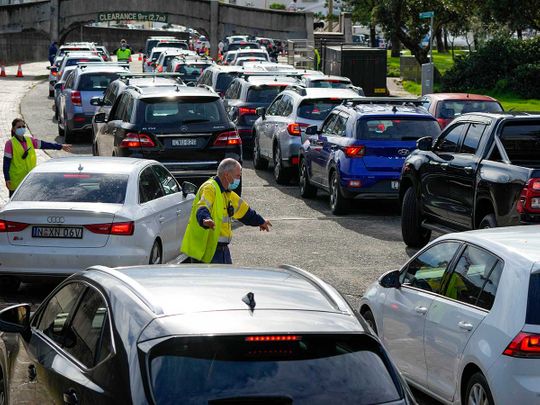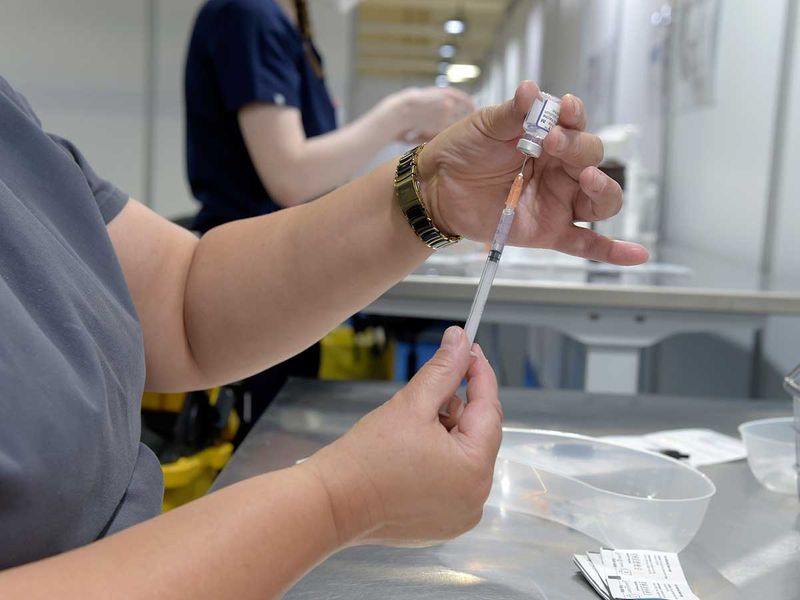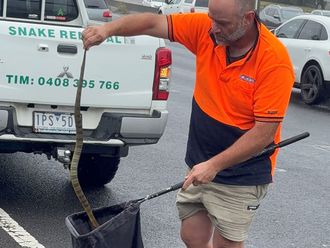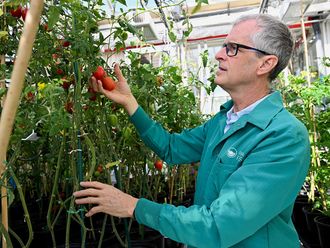
Sydney: Australia will remain a divided nation, with the vast mining state of Western Australia cancelling plans to reopen its borders on Feb. 5, citing health risks from a surge in the Omicron COVID-19 variant in eastern states.
The country reported 86 deaths from the virus on Friday, figures from the state and territory jurisdictions that have reported so far showed, its deadliest day since the start of the pandemic.
Australia’s most populous state, New South Wales (NSW), reported 46 deaths of patients with COVID-19, also its worst day, including one infant, while Victoria state saw 20 deaths.
Yet, a drop in hospitalisations in both states did offer hope the latest outbreak might have peaked.
All states and territories, except Western Australia (WA), have reopened their internal borders under a policy of living with COVID-19, despite a record surge in cases. Western Australia was to follow suit next month.
However, Western Australia state Premier Mark McGowan made a shock announcement late on Thursday saying it would be “reckless and irresponsible” to open up given the rapid spread of Omicron.

Instead, re-opening would be delayed indefinitely or at least until the percentage of triple dose vaccinations reached 80%. It is currently around 26%.
“If we proceeded with the original plan, we would be deliberately seeding thousands upon thousands of COVID cases into WA and at this point in time that is not what I am going to do,” McGowan told reporters.
That decision prompted Qantas Airways Ltd to cut its Australian seat capacity by 10 more percentage points to 60% of pre-pandemic levels for the March quarter.
McGowan said the original re-opening plan was based on the less-transmissable Delta strain, not Omicron.
The state, which is the size of Western Europe with a population of 2.7 million, has for months been closed off to the rest of the country and the outside world, taking advantage of its natural isolation to keep cases low.
There are only 83 active cases in the state, compared with 550,000 in the country as a whole, and just a handful of those are Omicron.
The decision is likely to anger Prime Minister Scott Morrison, who has long urged all the states to open up and learn to live with the virus.
“I know that many West Australians will this morning be very disappointed and they will be asking the question ‘if not now, when?’” Federal Treasurer Josh Frydenberg told Sky News.
Some WA travel conditions are still set to change on Feb. 5, including allowing more people in for compassionate reasons, though they would still have to isolate for 14 days.
The original plan would have allowed in double-vaccinated interstate and international travellers without completing quarantine. Now visitors will need to be triple vaccinated.
“What we are going to do is review the situation over February and watch what is occurring over east and work out what the best approach is for Western Australia,” McGowan said.
Cases have ballooned in the rest of the country in recent weeks, overloading hospitals and causing major disruptions to supply chains through illness and absenteeism.












